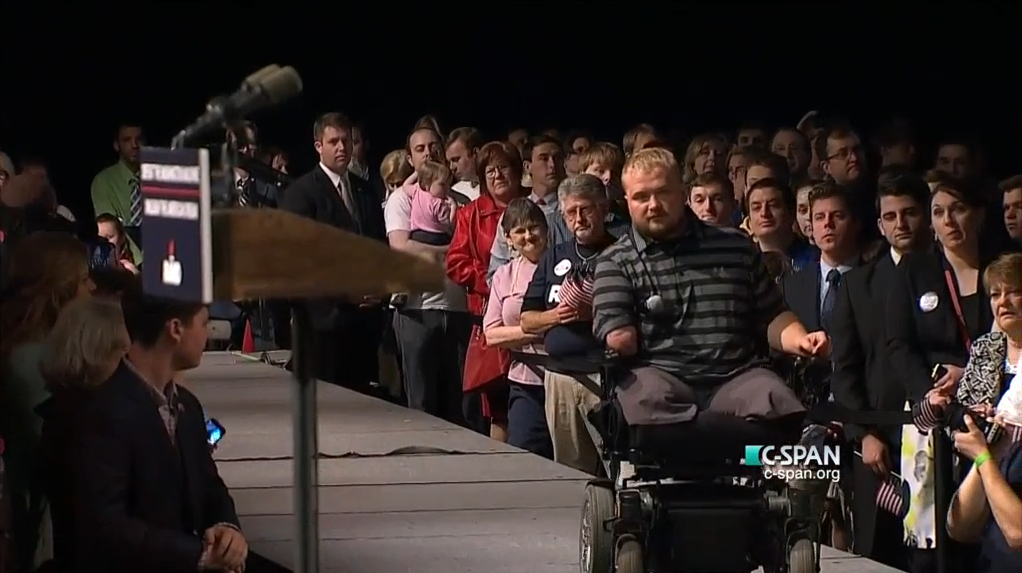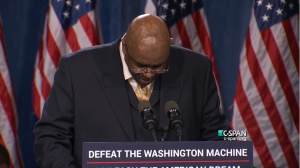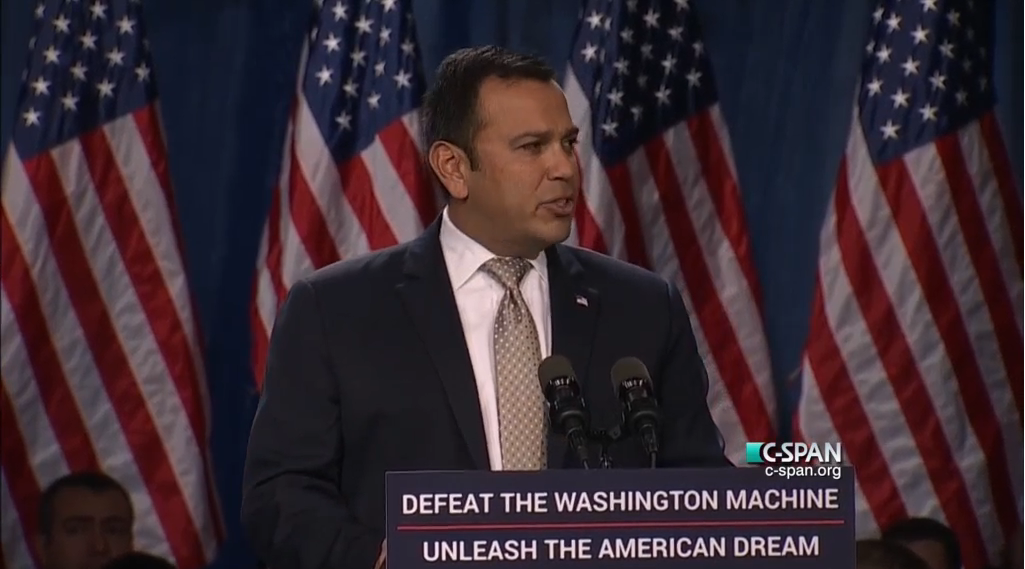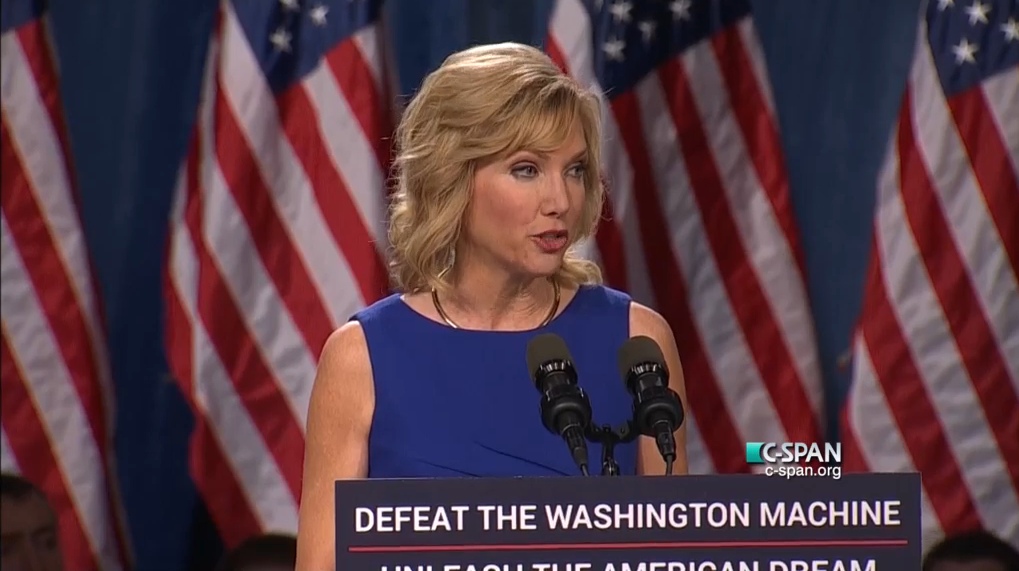Rand Paul is all over the news after officially launching his presidential campaign. The announcement didn’t shock anybody, and by all accounts, pundits evaluated the event as a success. Personally, I thought it was sad – not because I think poorly of Rand Paul, but because the entire event gave a glimpse into the sorry state of American politics.
Politics, in general, is about manipulation and illusion. But this particular event was so overtly manipulative, it was disturbing. The message of the event wasn’t about ideas; it wasn’t about political theory; it was about associating Rand Paul with happy feelings and emotions. It was about political strategy, demographics, and creating the right image for a presidential candidate.
Instead of appealing to our Reason, the event was crafted to send a clear message: Rand Paul is a feel-good guy, a family man, a patriot, and he appeals to many demographics: blacks, whites, Hispanics, men and women, old and young. It was 99% about creating image rather than communicating substance.
So, as we examine the series of speakers, keep in mind: every single person shown on that stage was deliberately chosen by political strategists. A group of professionals sat around a table crafting every minute of the event – designed to whip up voters’ emotions and play on their biases.
Everything kicked off with a country music video. The message: Rand is a good ol’ country boy, not some city slicker. To quote a line from the song:
While they’re living up on Wall Street
In that New York City town,
Here in the real world
They’re shuttin’ Detroit down.
See, Rand is just like the rest of us: a blue-collar guy living in the “real world” and listening to country music!
Next, we heard from JC Watts, the MC for the event – a black Congressman deliberately chosen for his skin color. Rand’s campaign has been explicit from the beginning: their campaign will focus more on black votes than traditional Republicans.

JC introduced the next man on stage: a veteran to lead the audience in the pledge of allegiance. Sounds innocent enough, right? Well, it just so happens that the veteran was disabled – he lost both his legs and one of his arms. Because nothing tugs on patriots’ heartstrings more than a triple-amputee veteran in a wheelchair reciting the pledge of allegiance. He, too, was chosen for his emotional impact, not by coincidence.
Next on the list was Jerry Stephenson, another speaker chosen for his skin color. He’s a black pastor, and after giving the opening prayer and communal recitation of the Lord’s Prayer, he later gave a fiery speech about how with the Rand campaign “It doesn’t matter the color of your skin!” He was a lifelong Democrat, but shared how he made the switch for Rand. Again, chosen by political strategists with votes in mind.
 Jerry was followed by the national anthem. Who’d they recruit to sing? A blind teenager with cerebral palsy. No, I’m not kidding. Don’t get me wrong- she did a fine job – but why was she chosen? I assure you it wasn’t arbitrary. The girl was chosen because she would whip up people’s emotions more effectively than your regular singer. That’s a fact, and it should anger/sadden you.
Jerry was followed by the national anthem. Who’d they recruit to sing? A blind teenager with cerebral palsy. No, I’m not kidding. Don’t get me wrong- she did a fine job – but why was she chosen? I assure you it wasn’t arbitrary. The girl was chosen because she would whip up people’s emotions more effectively than your regular singer. That’s a fact, and it should anger/sadden you.
But the Rand campaign hadn’t covered all their bases yet. So the next person to speak was Ralph Alvarado – a Hispanic congressman who introduced a video about how Rand went to Guatemala to operate on people to restore their eyesight. While everyone agrees that giving free eye surgery to poor people is admirable, don’t think it wasn’t political. It just so happened that a camera crew was documenting the entire journey.
Following Ralph was the next demographic token: a young, female student. Because Rand Paul also happens to appeal to young people, of course, and women.
There was one final speaker before Rand took the stage: his wife Kelley Paul. Before she appeared on stage, the audience saw here interviewed in a video, naturally telling everybody how great a family man Rand was – complete with the obligatory video footage of Rand smiling and throwing a baseball in the backyard to his kids.And him smiling and interacting with his medical patients – no different than you might see in a commercial for his eye practice.
Then finally, the Paul-planning-board decided it was time to bring on the only non-disabled white man: Rand Paul himself. He gave a rousing speech to his conservative and libertarian base, finally completing his round of appeals to different voting demographics.
Of course, none of these tactics are unique to the Paul campaign. It’s par for the course. Both Barack Obama and Hillary Clinton have been caught with fake southern drawls when they address southern audiences. Here’s a comparison of the same speech given by Obama to two different audiences: one in a black church and one on the campaign trail.
This kind of nonsense happens all the time. It’s the same, cheap, deliberate manipulation of the public, playing on the infantile mindset of the American voter who thinks: “Hey, that guy looks like one of us. He’s got my vote!” Or, “Hey, if a black/white/female/young/disabled/blue-collar/veteran/conservative person likes him, then I do too!”
Nevermind any political issues or critical thinking about policies. American politics now revolves around loose visual associations and group-think based on your particular genetic makeup.
Mind you, I’m not saying it’s bad politics. I’m sure it’s an effective strategy – professional political strategists make good money for a reason. They’re excellent manipulators and exploiters of public ignorance. But that just makes the reality of politics that much worse.
I feel unfortunately obligated to add: no, I am not lamenting the fact that black men and disabled veterans participated in Rand’s announcement. If it were happenstance – if a group of political strategists didn’t deliberately choose them for their skin color/gender – then I wouldn’t care at all. I fully understand that the message of liberty (insofar as Rand communicates it) should be appealing across all demographics. But it’s the careful, intentional creation of an image designed appeal to weak-minded voters which rubs me the wrong way.
Group-identity politics may be effective, but it’s crude and a disturbing insight into the American political mindset.